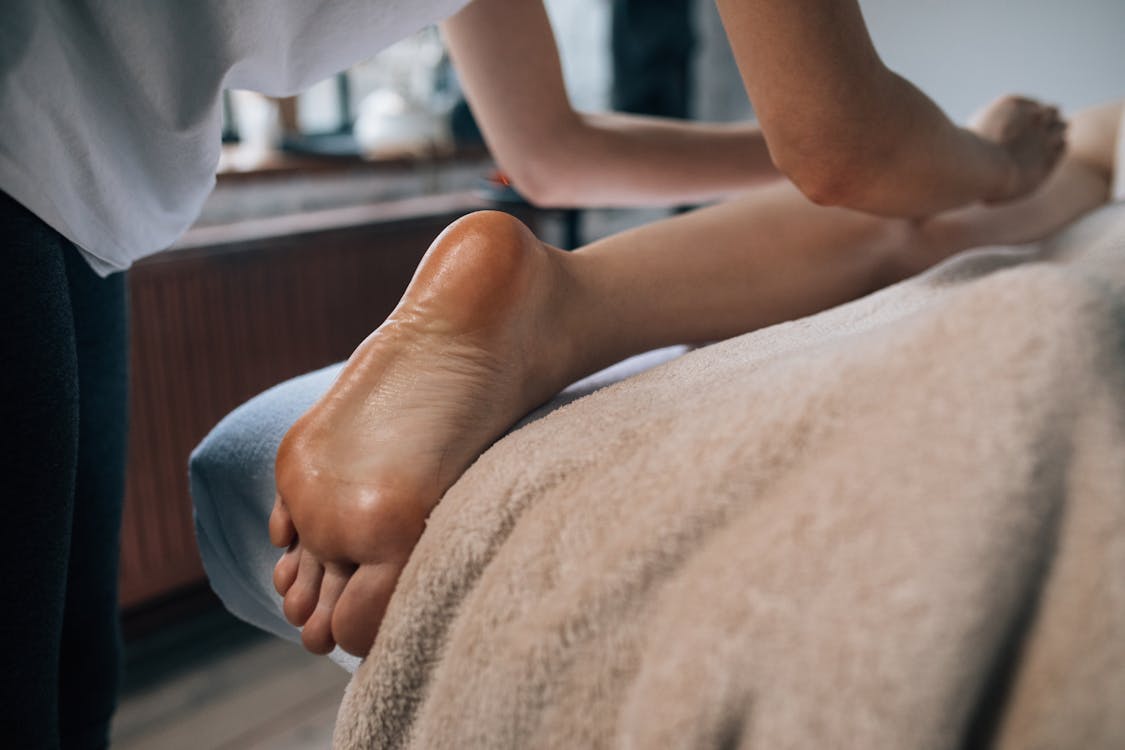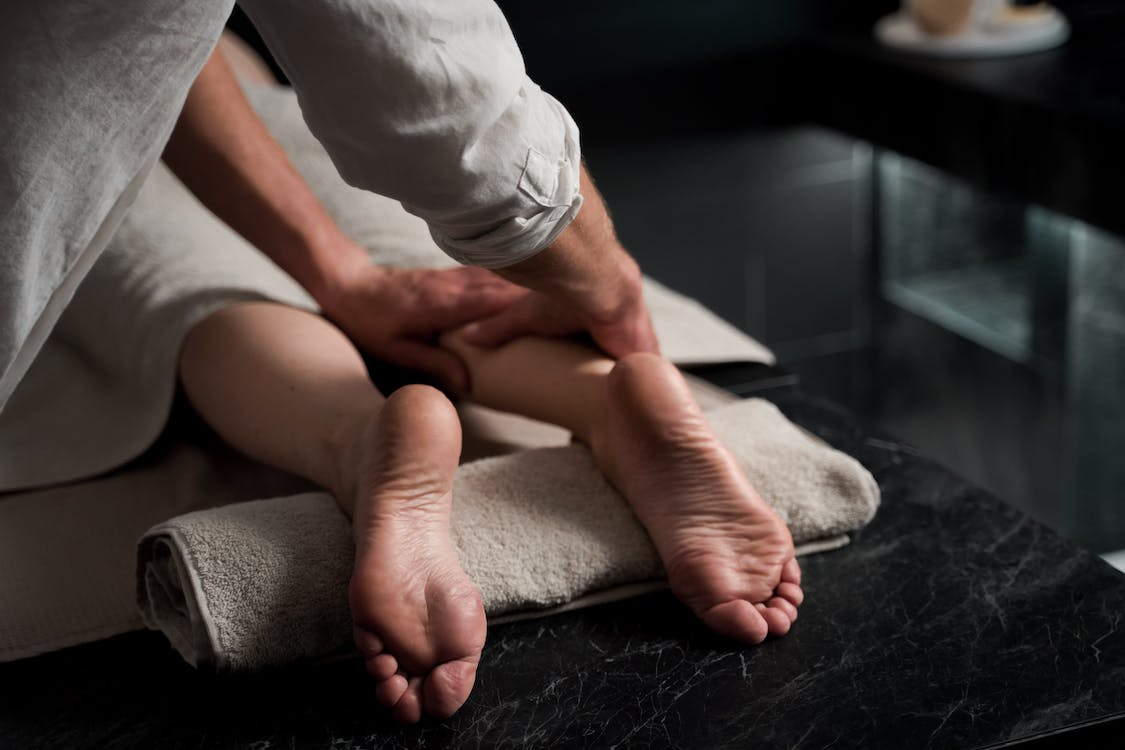The art of massage has been around for centuries, and it has been a go-to method for relaxation, stress relief, and pain management. There’s no denying the fact that a good massage can do wonders for our physical and mental well-being, leaving us feeling rejuvenated and refreshed. However, a lesser-known form of massage is gaining popularity for its unique approach to healing: reflexology.
Unlike traditional massage, reflexology doesn’t focus on the entire body. Instead, it targets specific reflex points on the hands, feet, or ears, corresponding to different organs and systems. By applying pressure, reflexology aims to balance the body’s energy flow, alleviate pain and promote healing.
If you’re looking for a more targeted approach to healing, reflexology might be just what you need. In this blog, we’ll delve deeper into the world of reflexology and explore what it is and how it works. So sit back, relax, and get ready to discover a new level of relaxation and healing with reflexology.
What is Reflexology?
Reflexology is like a secret map to our bodies’ hidden treasures of relaxation and healing. It’s a massage technique that not only soothes the senses but also unlocks the doors to inner peace.
Reflexology is based on the ancient principle that our body is a complex network of energy pathways, or meridians, that connect our organs and systems. By applying pressure to specific points on feet, hands, or ears, reflexology stimulates these energy pathways, bringing balance to the body and mind.
It’s like a gentle nudge to the body’s internal systems, encouraging them to work in sync and communicate with each other. With reflexology, you’re not just receiving a massage, but you’re also inviting your tired body to heal itself from within and improve its overall well-being calmly.
The Early Roots of Reflexology?
Reflexology is an ancient healing technique that has been used for centuries by different cultures around the world. The roots of reflexology can be traced back to ancient civilizations like China, India, and Egypt, where it was believed that the feet contain a map of the entire human body.
In China, this noninvasive complementary therapy was known as “Zu Qigong” and was used as a form of therapy to treat various ailments. Chinese people believed that by manipulating the feet, the energy flow in the body could be balanced, leading to improved health and well-being.
In the great land of India, reflexology was part of the traditional Ayurvedic medicine system, which believed that the body was made up of three doshas or energies – Vata, Pitta, and Kapha. Following this early belief, reflexology was used to stimulate the different reflex points on the feet, which corresponded to the doshas, leading to a balance of the energies in both the mind and body.
The ancient Egyptians were also known to use reflexology as a healing technique. They believed that the feet contained powerful points which could be used to stimulate the natural healing processes.
Nevertheless, the modern form of reflexology as we know it today was developed in the early 20th century by a physician named Dr. William Fitzgerald. He was among the first to map out the reflex points on the feet and hands and develop a modern yet systematic approach to reflexology.
Later, in the 1930s, a physical therapist, Eunice Ingham, expanded on Dr. Fitzgerald’s work and developed the “zone therapy” approach to reflexology, which is still widely practiced today. Ingham’s strategy focused on the feet and mapped out the reflex points according to different body zones.
Since then, reflexology has gained popularity worldwide, and there are now different schools of reflexology with varying approaches and techniques. However, the basic principle remains the same, as rooted in the early centuries: by applying pressure to specific reflex points on the feet, hands, or ears, the body’s energy flow can be balanced, leading to improved health and well-being.

How Does Reflexology Work?
As discussed above, reflexology is based on the theory that there are certain reflex points in the feet, hands, and ears, corresponding to specific organs and systems in the body. By applying pressure to these points, a reflexologist can help to stimulate the nervous system and promote healing.
For instance, the reflex point for the liver is located on the right foot on the RAC Foot Reflexology Chart, between the second and third toes. By applying pressure to this point, a reflexologist can help to improve liver function and alleviate any issues related to it, such as fatigue or digestive problems.
Similarly, the lung’s reflex point is located on the ball of the foot, just below the big toe. By applying pressure to it, a reflexologist can help to improve lung function and alleviate any respiratory issues.
Benefits of Reflexology
Reflexology offers a range of benefits. Some of the common benefits include the following:
- Relaxation: Reflexology can help to relax the body and mind, reducing stress and anxiety.
- Pain Relief: By targeting specific points, reflexology can alleviate pain in different body parts.
- Improved Circulation: It can improve lymphatic circulation, aiding in detoxification.
- Boosts Immune System: It can help stimulate the immune system, improving overall health.
- Improved Digestion: It can help to alleviate digestive issues like constipation and bloating.
- Better Sleep: It can help to improve sleep quality by promoting relaxation and reducing stress.
What to Expect During a Reflexology Session?
During a reflexology session, you’ll be asked to lie down on a massage table. A reflexologist will then apply pressure to specific points on your feet, hands, or ears using their thumbs, fingers, or a tool.
The pressure can range from gentle and medium to firm, depending on your preferences and needs. You may feel slight discomfort or tenderness during the session, but it should not be painful.
A typical session lasts between 30 to 60 minutes. However, to achieve the desired results, you may need several sessions, depending on your health condition and the severity of the symptoms.
To conclude, reflexology is an ancient healing technique that offers a unique approach to healing by targeting specific reflex points on the ears, hands, or feet, corresponding to different organs and systems in the body. By stimulating these reflex points, reflexology promotes balance and harmony in the body’s energy flow, leading to relaxation, pain relief, and improved overall well-being.
If you’re looking to experience the outstanding benefits of reflexology, finding a licensed and experienced reflexologist who can tailor the session to your individual needs is essential.
Book Your Reflexology Session with Asian Massage 2 Hotel
At Asian Massage 2 Hotels, we offer various Asian massage services in Las Vegas, including reflexology, full-body, and in-room massage, all delivered by our professional massage therapists. We aim to provide our clients with the ultimate relaxation and rejuvenation experience and are committed to ensuring that each session is tailored to individual needs. So why wait? Book your reflexology session with us today and experience the magic of touch and healing like never before.


